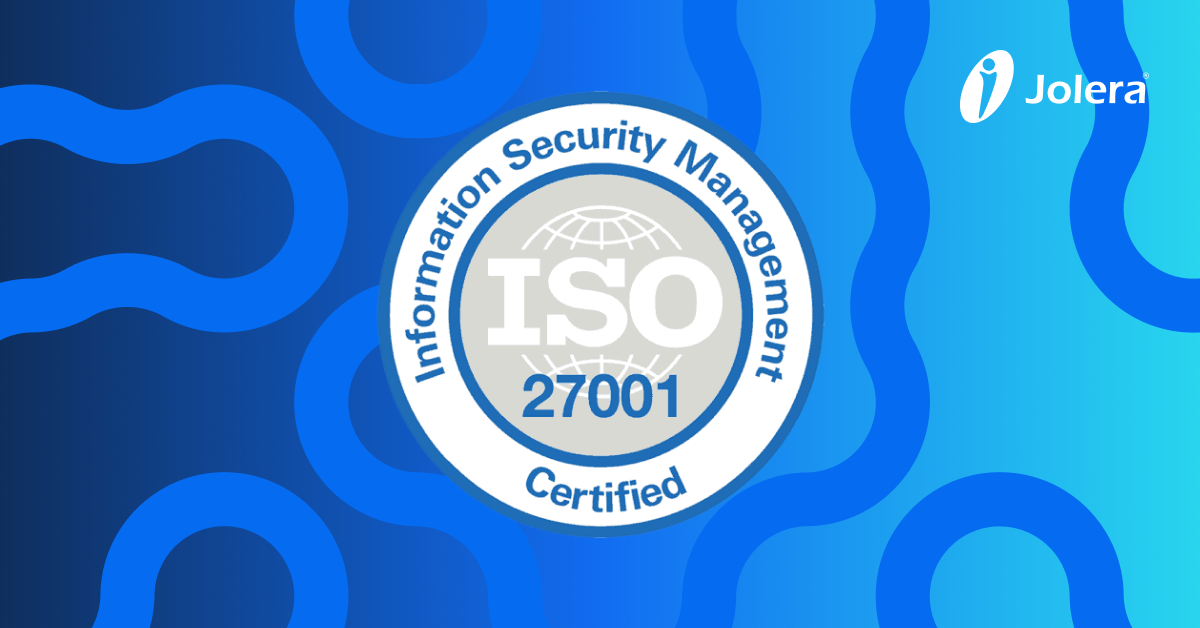One of the more impactful economic trends during the COVID-19 pandemic was employees, from all fields of work, leaving their jobs en masse in 2021. The trend was called many things such as the “Great Resignation” or the “Big Quit”, leading the marketplace to quickly adopt new forms of workforces, workplaces, and workflows.
Approximately one-quarter of Canadians switched jobs as part of the Great Resignation trend, according to the Financial Post. In the U.S., a CNBC research study found that more than 47 million workers left their jobs last year.
Staggering numbers, to say the least.
Chris Black, Jolera’s Chief Revenue Officer, and regular contributor to the Jolera Interview Series, believes as the Great Resignation was unfolding the trend became widely misunderstood.
“COVID-19 gave people a reality check when it comes to their employment and situation. It gave them a taste of the ‘good life,’ with things such as working from home, having more flexibility, and *not* being stuck in traffic,” Black said.
During the Jolera Interview Series, Black also outlined how the Great Resignation trend, along with new forms of workflows, were interpreted differently. For example, there are many who viewed these trends as providing more value to the workday. Could an employee produce more by eliminating their commute? The answer seems simple now.
“The Great Resignation is a testament of the evolving human condition and what workers are [really] looking for in terms of value and pace within [balancing their livelihood with their profession,” he said.
The Great Resignation was not just a one-year trend; it continues well into 2022 and does not look to stop in 2023. So, what can organizations do to not just help their business, but also provide that value and pace the staff member is looking for?
Black’s advice for organizations of all sizes is to get closer to the employee and understand what makes them tick. From there, find or develop your own programs that make your employees happy, while producing the right outcomes for the business. Think about outlining what the returns on investment would be for each individual employee.
Lean into concepts like flexibility with new hires, as well as your existing staff. “You may have to turn over parts of your staff based on if you need certain individuals in the workplace to properly operate your business.
“The Great Resignation is multi-generational and it will impact both incoming and outgoing professionals. We have to [strive to] understand people’s values and make decisions for the betterment of your business with people at the centre of it,” Black concluded.
Make sure to watch the entire interview with Chris Black as he provides examples of new workspaces and workflows, along with evolving productivity levels in the wake of the pandemic and the Great Resignation.
By Paolo Del Nibletto





